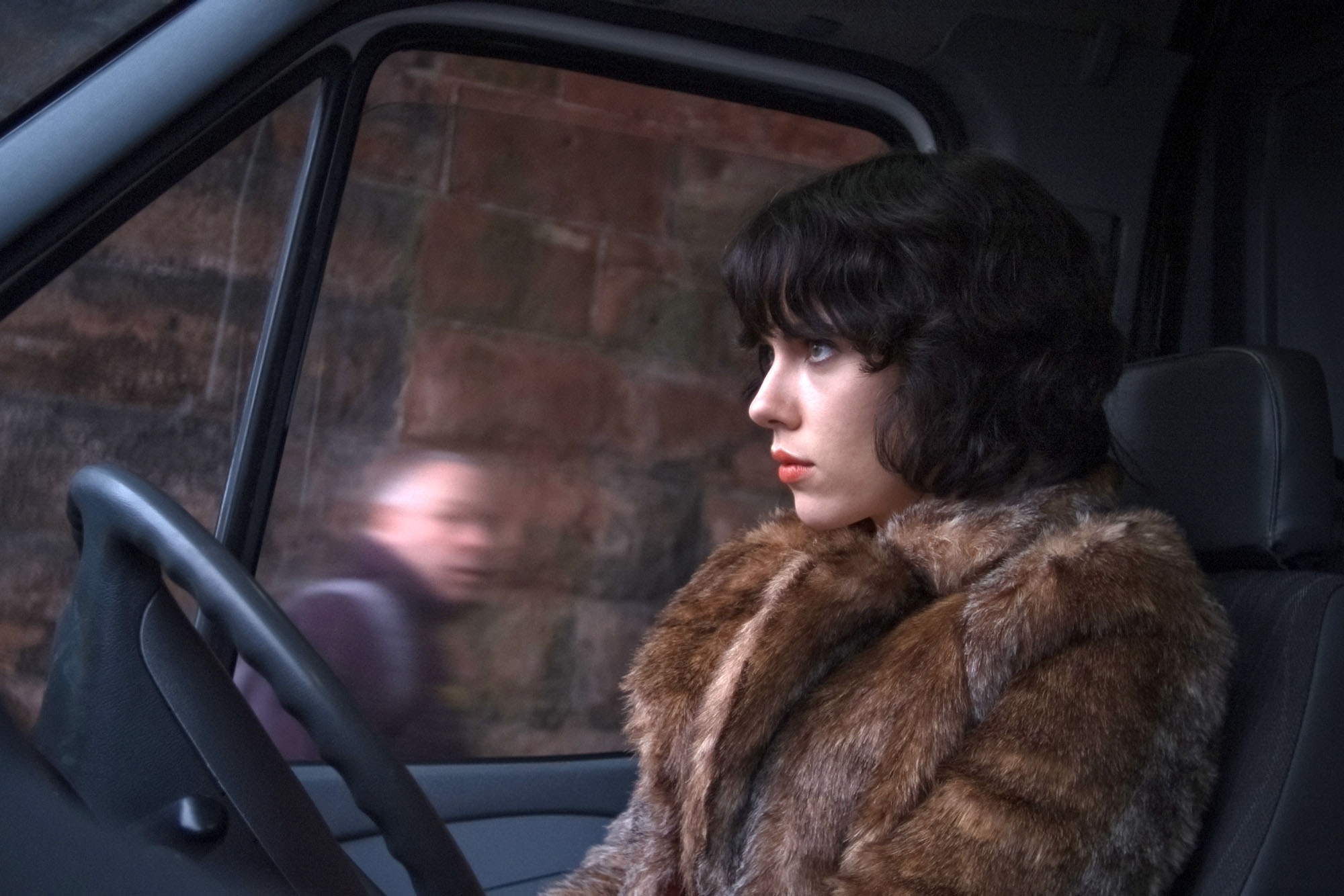The book’s better than the film.
Those fateful words, normally projected from the mouths of the disaffected, springing forth their opinion before it has been asked, forming round sounds with punctive persuasion. Normally followed by a deep eye roll, the disdainful comment is meant, unquestionably, as a judgment upon our character; when there is literature on offer, how could we consider referring to any other medium?
As a graduated student of literature, I feel like I have the authority to say that, you cannot compare a film and a book. Whilst both aim to represent a narrative arc, the ways in which they do so are so completely differing that to even attempt to liken the one with the other would be just as good as comparing a car with a computer. The ways in which we consume both books and films are utterly diverse. One slow burning, the other relatively brief, both art forms have to manipulate their content and form in order to hold our attention for the time which they have been unofficially allotted. If a film were to use the same techniques as a book, it would soon lose the viewer’s attention; if a book were to focus on the power of imagery, it would soon fail to make sense. In their own ways, both books and films abstract real life in order to represent something deeper. Whilst books tend to journey inside the consciousness of specific characters, films look at the world outside of their protagonists, highlighting the relationship between the story and its immediate environment.
To compare a book and a film is the same as comparing a painting and a poem. Whilst one may have been the influence of the other, we cannot say that the poem, because it came first, is superior. There are only differences.
Now that that’s out of the way, we can really get into the good stuff. Because, whilst we really shouldn’t ever try to compare a book with a movie, compare we do, over and again. Ignoring our better minds, we fiercely argue our corner, arguing that the one is so clearly the superior of the other, that the film added a whole new narrative arc or the book had so much more depth in character. Whichever came first is of little consequence; when we are attached to one, we tend to lambaste the other. With Fifty Shades of Grey no doubt the latest in line of a slew of ‘better than’ comparisons, it seems like our thirst for opposition will never end. Fear not, we’re heading in a much less, erm, “adult” direction as we look at the most unlikely of film/book adaptations.
Twelfth Night becomes She’s the Man
Yup, someone thought that they could actually outdo Shakespeare at his own game (which, as a sidenote, is apparently true of a bucket full of other writers). Twisting the classic tale of confused identity around a queasily upbeat football-based plot, She’s the Man is probably the closest that Amanda Bynes will ever get to Shakespeare. Reducing its parts to a bare-bones cast, including a spider (non-speaking role, obviously), She’s the Man is a truly haunting adaptation of Shakespeare’s text.
Charlie and the Chocolate Factory becomes Tim Burton’s sickening nightmare.
Proving that he really does have a sticky paw in every pie, Burton famously chose to ruin Roald Dahl’s gluttonous story. Where the original text presented children everywhere with their dream land made manifest, Burton’s cinematic adaptation fared a little more averagely. Turning the truly unique Willy Wonka into the saddest creeper ever, Burton may also have been responsible for turning an entire generation against chocolate. For shame.
Beowulf becomes Angelina Jolie in a pond.
Because no text is safe in the hands of directors. Ancient middle-English text about a made-up nightmare world in which monsters roam the night? Child’s play. Using motion capture to give the actors an uncanny half-life about them, Zemeckis truly dropped the ball on literary adaptations. Whilst Beowulf is made of the stuff of legends, the text presents the plot as an intricate build of action and character development. The film not only fails to pick up on any of the text’s subtleties but also, is inexplicably boring. When your only calling card is to have Angelina Jolie inexplicably playing the hideous Grendel’s mother, you know you’re in deep water.
Under the Skin became a creeping, non-linear art masterpiece.
Proof that when the going gets weird, it’s not necessarily a bad thing. Michael Faber’s novel was chillingly adapted for the big screen this year, under the guiding hands of Jonathan Glazer. But where other adaptations failed, Glazer’s triumphed. Making the book a film, rather than adapting it, Glazer took cinematic liberties with large chunks of the text, turning it into a compatible cinematic counterpart. Creeping, chilling and genuinely creepy, Under the Skin is truly experimental. It makes the whole adaptation thing look like a walk in the park.
Where so many fail, of course, countless others triumph. Like Glazer’s masterpiece, there are films which do not attempt to one-up their literary other halves but truly attempt to tell the story in a different way. Utilising the non-narrative potentials of cinema, the very best adaptations are those which migrate from reality, which paint the world around the characters as an offbeat and potentially strange place. There is no ‘better’ form of a great story, only wonderful and countless ways in which it can be retold, again and again.

